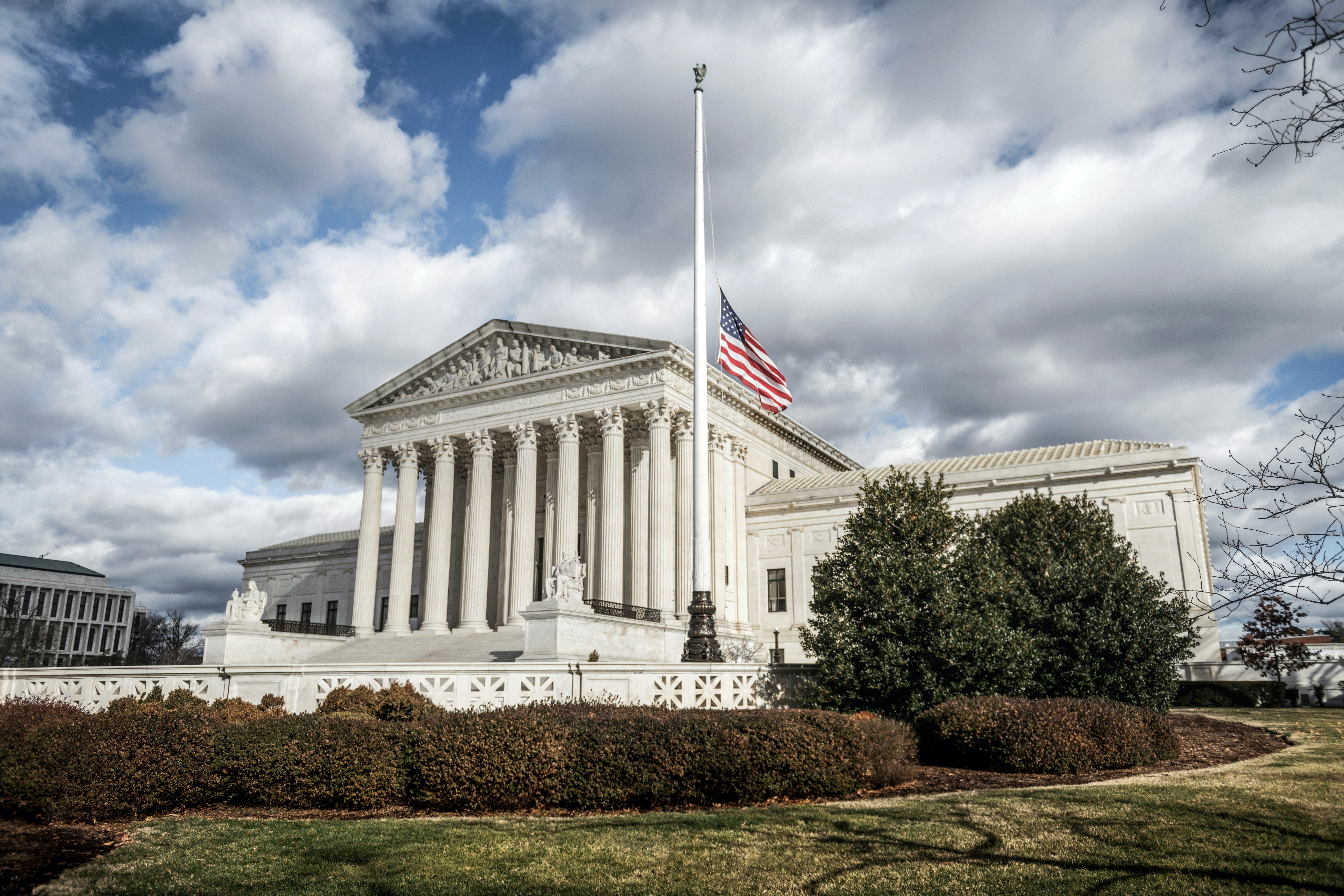A Closer Look at the Changing Landscape of Intellectual Property Law
In the current digital era, intellectual property law is constantly evolving. This article delves into the intricacies of this field, providing historical context, the latest updates, and its potential impact on society. Intellectual Property law, often termed as IP law, encompasses legal rights related to creations of the mind. These include patents, trademarks, and copyrights, giving creators exclusive rights to their innovations and creations. The origins of IP law can be traced back to the 19th century, when the Industrial Revolution necessitated a legal framework to protect inventions.

The Digital Age and Its Impact on IP Law
The advent of the digital age has dramatically reshaped the landscape of IP law. The ease of information sharing and replication has sparked debates over what constitutes fair use and copyright infringement. The proliferation of digital content has led to a surge in copyright claims, pushing legal boundaries and challenging the existing IP law framework.
Contemporary Developments in IP Law
Several recent developments have brought IP law into the spotlight. The Music Modernization Act, passed in 2018, updated copyright laws to account for the rise of music streaming platforms. Similarly, the Supreme Court ruling in Google v. Oracle redefined the applicability of copyright law to software code. These changes highlight the legal system’s ongoing efforts to adapt to the rapidly changing digital environment.
The Societal Implications of IP Law Changes
The evolution of IP law has far-reaching implications for society. Stricter enforcement of copyright laws can potentially limit creative freedom and hinder innovation. Conversely, inadequate IP protection can discourage creators, as their work could be stolen or replicated without compensation. Striking a balance between these extremes is a complex legal challenge.
The Future of IP Law
While it is difficult to predict the exact trajectory of IP law, it is clear that it will continue to evolve with technological advancements. Lawmakers and courts will need to grapple with issues such as artificial intelligence-generated content, deepfakes, and blockchain technologies. The decisions made in these areas will shape the future of creativity, innovation, and digital rights.
In conclusion, the field of IP law is in a state of flux, shaped by the digital age’s challenges and opportunities. As this legal area continues to adapt to the changing environment, it provides a compelling study on law’s ability to evolve while maintaining its core principles. The societal impact of these developments underscores the importance of staying informed and engaged in these legal conversations.




